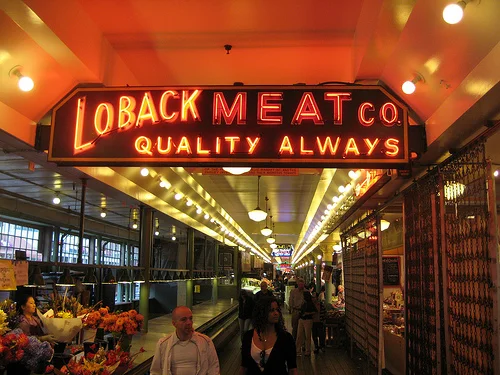How Do You Create High-Quality Content?
If you've read anything about content marketing lately, you've probably seen it: article after article proclaiming that the new SEO tactic is filling your site with content that your readers will love. They are 100% right, but what is high-quality content? You probably think you've been posting quality content all along. It may not be stellar, but you think that it does the job, right?
content help for your website
The problem is you need to be more than adequate to secure a spot in search engine results. Even more important than SEO, you want people to share your articles and blog posts. You don't want to leave your site's future up to the whims of the search engine gods. So social media shares should be a big part of your traffic strategy. It takes a fantastic piece to get shares, though.
I've been around the block (over and over again) for almost two decades, so I know what content ranks and what content typically gets drowned out in search results. I also know what readers love. Let me clear up some misconceptions and clue you into what's up with quality content.
long form content
Long Content = Good Content, Most of the Time
There've been quite a few studies that discovered Google loves long form content. Long-form is any article or blog post that ranges from 700 words to 2000 words. Long articles are beloved by Google and the population at large because they give in-depth, nitty-gritty, wonderful details about a subject that people want. They aren't just a generic overview that most short article offer.
For example, I do a lot of writing for Live Science. A typical reference article for the site is broken down into sections that will cover every angle of the subject. Take this article on Earth Day that I wrote. Before I wrote it, I brainstormed all of the things a person might ask about Earth Day, such as what is Earth Day, who started it, how successful it's been, who celebrates it now, etc. Then, I answered those questions in my article. It has been one of my most successful articles with more than 7,000 shares in just a little over 24 hours.
[bctt tweet="Long-form = good #content...Most of the time! Here's when it's not:"]
While I agree that long content does get a lot of search engine love and it gives readers what they want most of the time, you shouldn't get stuck on just adding long-form content to your site.
Why? Here are just a few reasons:
People love variety. Your regular readers are going to get bored if you continually serve up articles that take 10 to 15 minutes to read.
People love infographics! Sometimes people want an informative infographic they can skim, and search engines tend to rank infographics, too.
There are times when people are just looking for a simple answer to their question. Don't go too short, though. Google sees pages with less than 200 words as "thin content."
Layer Your Content to Create Quality
what is in quality content
Rand over at Moz says that to rise to the top, you need content that's 10x better than everyone else's. I wouldn't go that far, but you do need to offer up content that no one else is serving.
Think about your favorite restaurant. You go there because it offers something its competitors don't, like better atmosphere, juicer burgers, tastier pasta or a finer selection of wine. It wouldn't be your favorite if it didn't stand out. Website content is the same. People, and search engines, love content that feeds their needs in a way that others can't.
To create content that stands out, you need a process that I call "content layering."
You start with a layer of beefy content. Pepper the text with helpful links, facts and data. Salt it with Click to Tweet quotes to make sharing easy.
Chop up some long text and turn it into a bulleted or numbered list for easy reading.
Slather on a layer of images rich with colors and interesting subject matter that's relevant to the text.
Finally, slap on a layer of audio or video content that will make visitors linger and savor your message.
The end result is a site post sandwich that satisfies and excites your visitors and search engine bots.
Mmm, mmm, good!
Photo credit: quality via photopin(license), Almost 3.5 feet_4120 via photopin(license), and Quality always via photopin(license)










